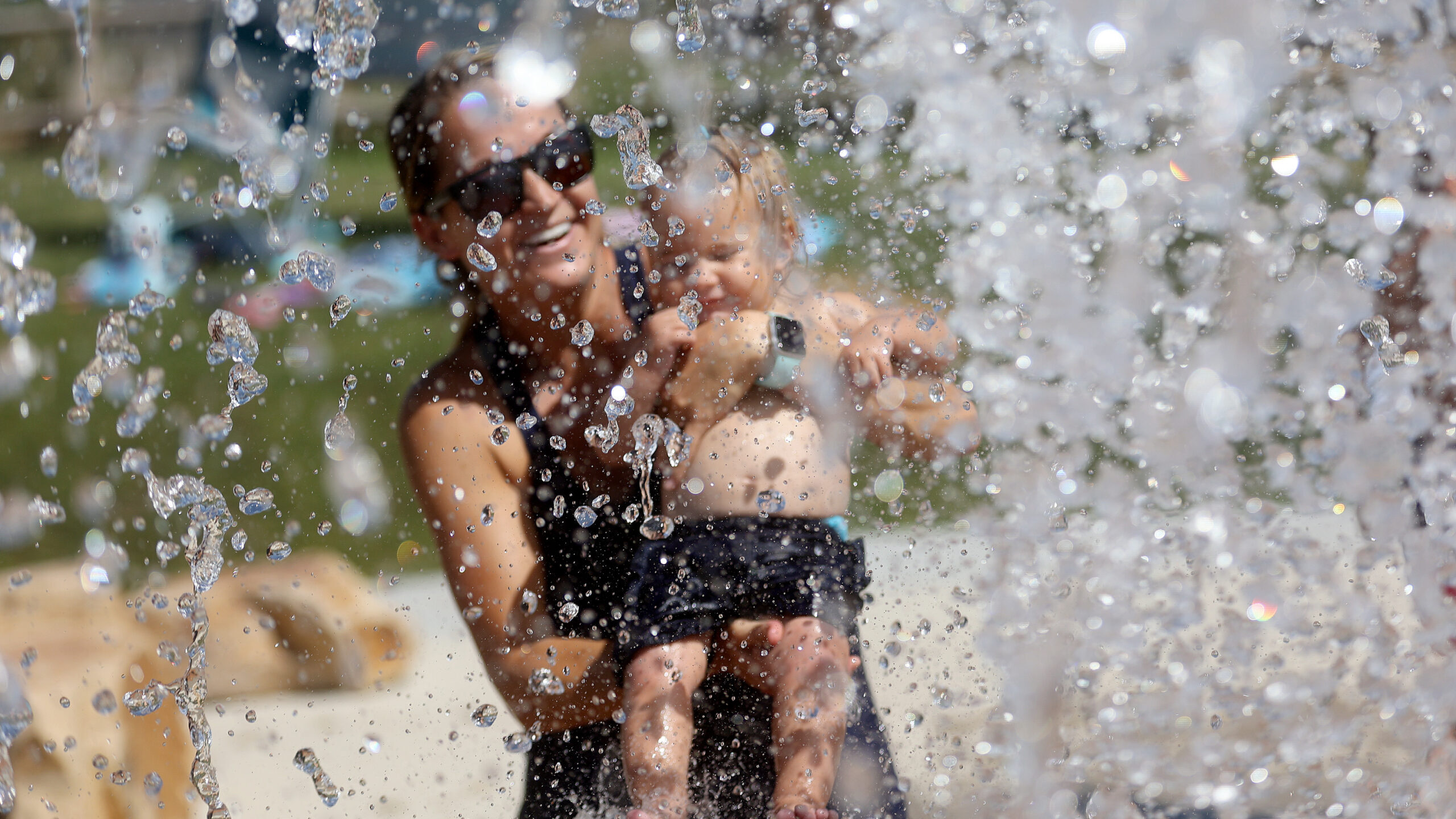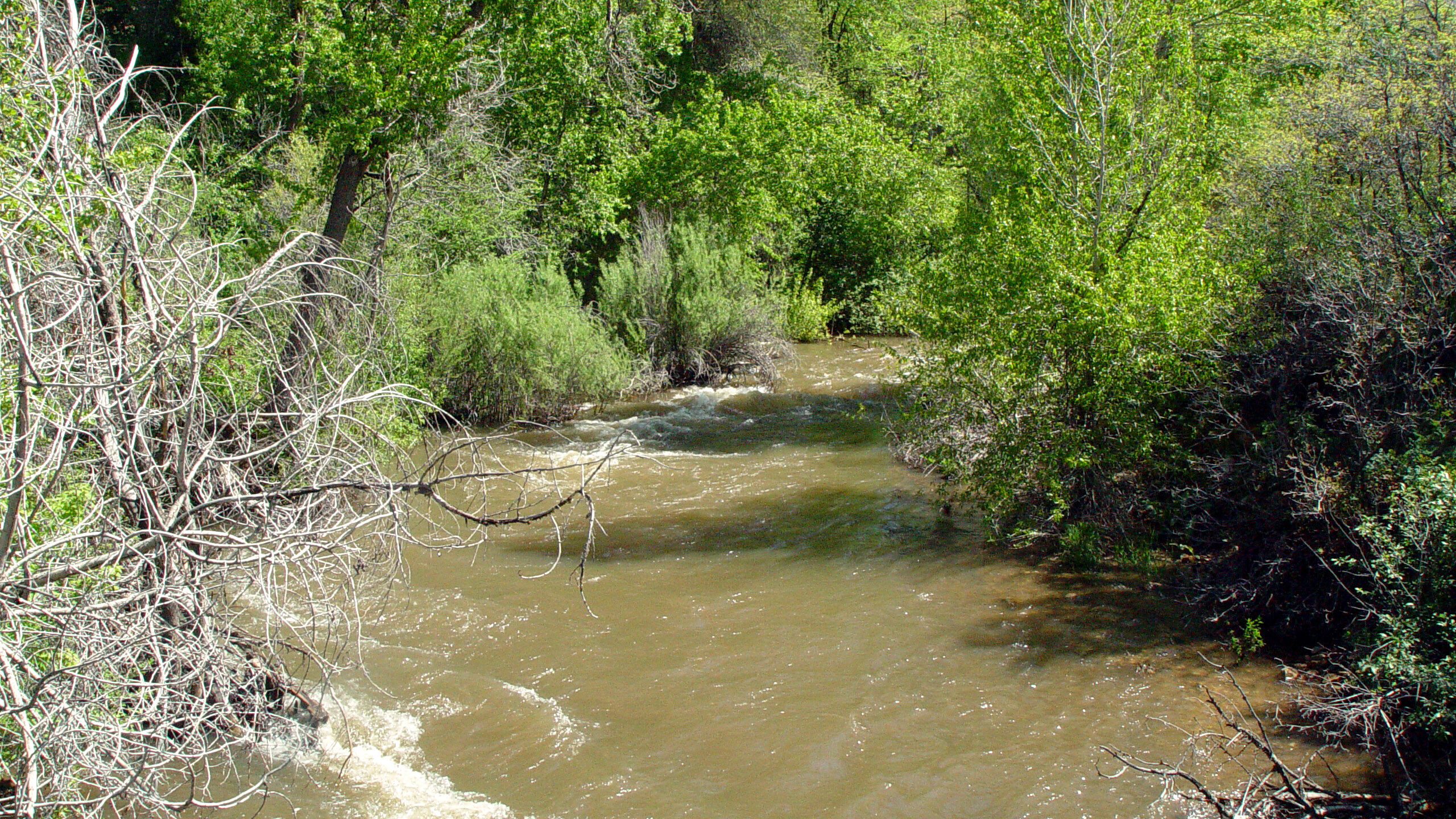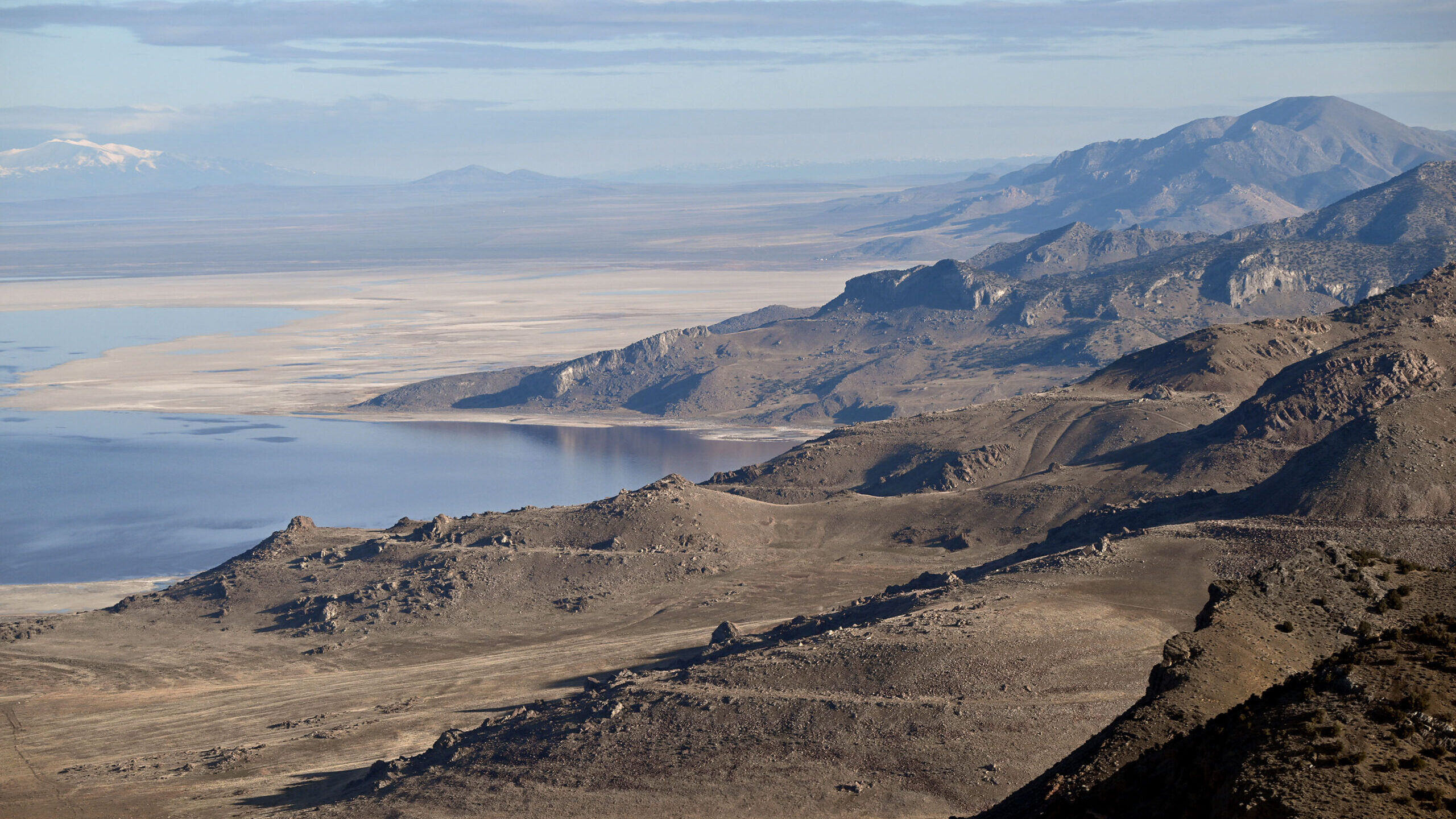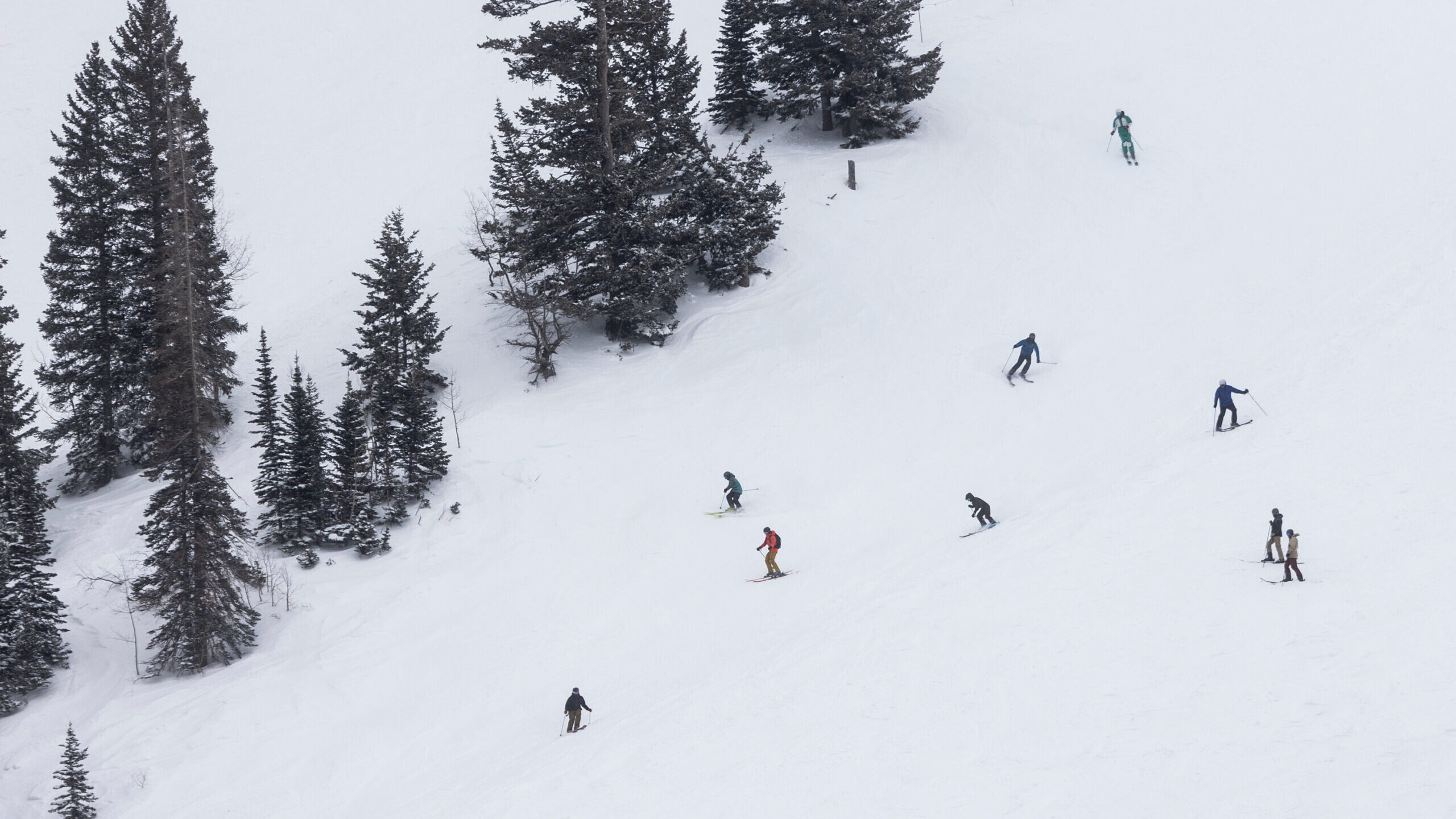The Great Salt Lake water level reaches a historic low as Utah continues to face extreme drought
Jul 5, 2022, 2:49 PM | Updated: 3:30 pm
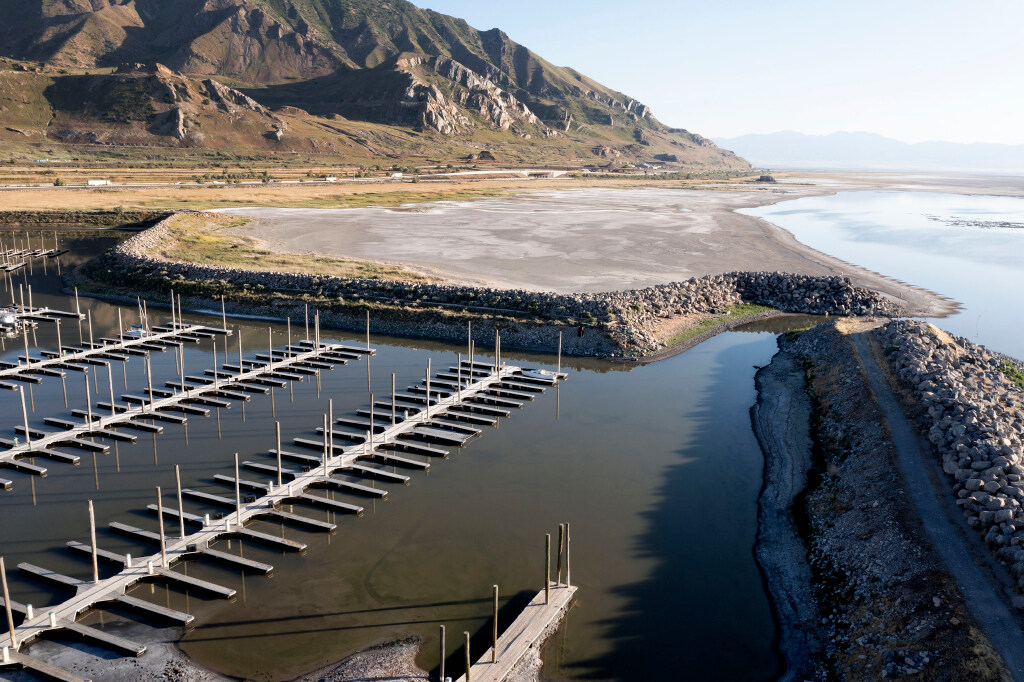
Empty boat docks are pictured at the Great Salt Lake State Park in Salt Lake City on Friday, June 10, 2022. (Laura Seitz, Deseret News)
(Laura Seitz, Deseret News)
SALT LAKE CITY — The water levels of the Great Salt Lake have reached a historical low.
The United States Geological Survey says that based on historical data, we can expect lake levels to continue decreasing into the fall or early winter. Levels will likely keep decreasing until incoming water equals or surpasses evaporated water.
Utah Department of Natural Resources Executive Director Joel Ferry has expressed his concern about the low lake levels.
“This is not the type of record we like to break,” said Ferry.
Ferry said his department is actively working with numerous stakeholders who value the lake.
Great Salt Lake falls below historic low measured October 2021 according to USGS. https://t.co/X1e3wcFsIi
— Utah Water Resources (@UTAHSavesH2O) July 5, 2022
About 83% of the state is still under extreme drought or worse conditions.
The DNR reports the state hit record high temperatures this year. For example, on June 12, Salt Lake City experienced its first 100-plus-degree day, temperatures reached 102 degrees. The previous hottest day on record occurred in 1918.
Over the past 128 years in Utah, 2022 has been the driest year to date. The drought continues to be a major factor in the lake’s shrinking.
Effects of the Great Salt Lake shrinking
As the Great Salt Lake gets smaller, salinity levels increase. Because of that, more marine life may die, leaving birds without sufficient quantities of food.
Also, as the lake shrinks arsenic is exposed from the lake bed and carried by high winds into the air near Salt Lake City. And that’s not all that’s possible.
The American Cancer Society website says breathing in high levels can cause a sore throat, irritated lungs, arsenic poisoning, or even death.


